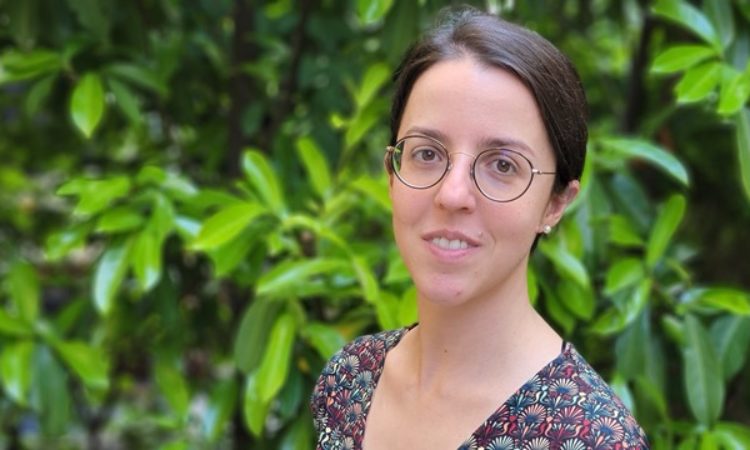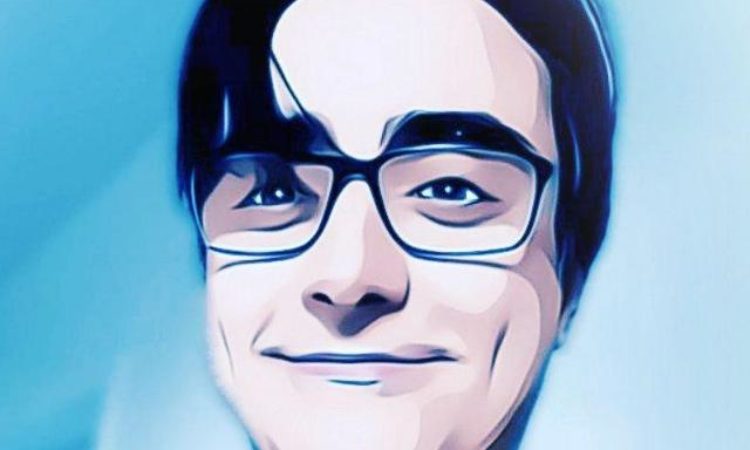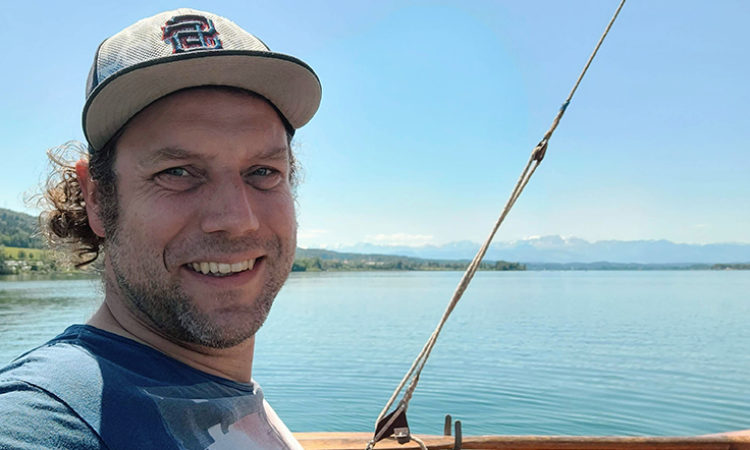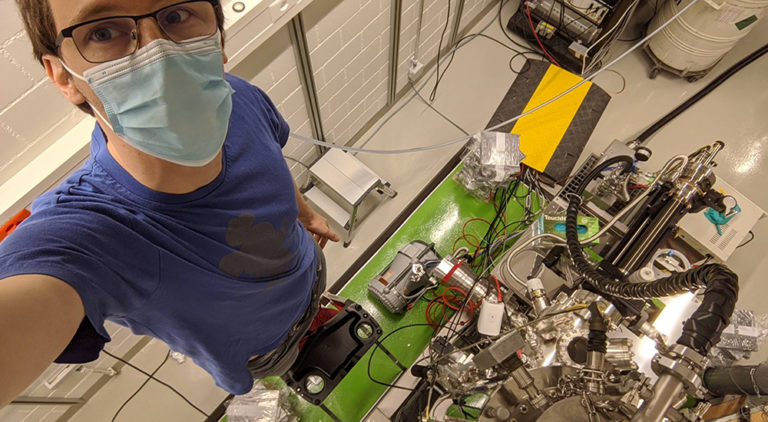Talk with Marta Gibert, MaNEP Board, SNSF Professor at UniZH
- What have been the highlights of your research during these last years?
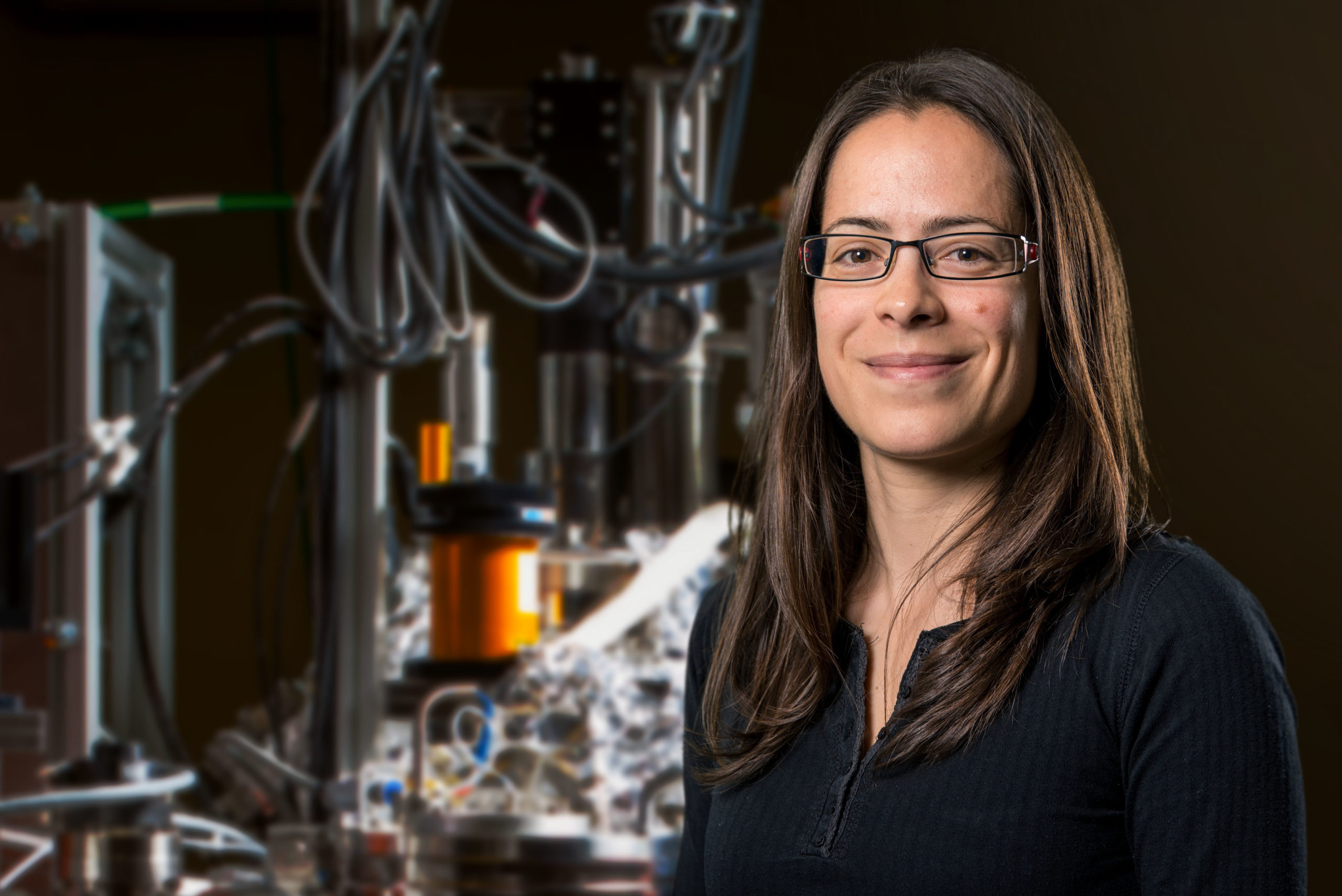
My research has always been in the field of oxides materials; I am interested in oxide interface physics and in the engineering of high quality artificial functional heterostructures. In the last years, my work has mainly focused on the study of the perovskite nickelates. We have demonstrated how a new magnetic phase could be induced in an otherwise non-magnetic oxide material. This was quite surprisingly and we have shown this effect in an apparently simple system, LaNiO3/LaMnO3 superlattices, where ultrathin LaNiO3 and LaMnO3 layers are stacked ones on top of the others with atomic precision. We also showed how this emergent magnetism can be used to generate rich and complex magnetic behaviors (i.e. exchange bias, interlayer coupling). The controlled interplay between a variety of interface-driven phenomena (charge transfer, ferromagnetic coupling, digital [111]pc-growth, reduced dimensionalities) has led to these amazing results. Interestingly, this research based on engineering of materials by design is not limited to magnetic materials, but it is also of interest, for example, for multiferroics or even to eventually design superconducting materials working at higher temperatures. For this work on “unique magnetic couplings at oxide interfaces”, which was done during the fantastic time I spent in the group of Prof. Jean-Marc Triscone in Geneva, I was awarded with the Condensed Matter- Swiss Physical Society prize sponsored by IBM.
- You have received a SNSF professorship grant and have been appointed professor at the University of Zürich with your own research group. Please tell us about this new challenge.
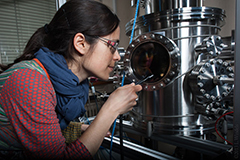
Indeed, entering in a lab which is empty, it is a real challenge! So, clearly, one of the first main goals is to have the lab running, which in my case starts for setting up a sputtering deposition system (for which I am glad to count on the expertise of Triscone’s group!) and the equipment necessary to carry on basic characterization of the structural and the electronic properties of the oxide heterostructures to be investigated. Collaborations with other groups are always enriching but they will be especially important at the beginning. Fortunately, during the last years I have forged an extended network of collaborators, both in Switzerland and abroad. Measurements in large-scale facilities, such as PSI, will also complement our research. The other main challenge is the selection of the research line to follow. At the beginning, it will be divided into two main blocks, accordingly to their ambitiousness. Part of my research will be related to my previous achievements, but I also want to take advantage of this opportunity to explore completely new and exciting avenues of research (i.e. new oxide structures to generate artificial materials). People in my team will definitely be key in all this process. Finally, last but not least, I want to face all this adventure without forgetting my personal live: being a mother of a 1-year-old child definitely adds another challenge on the list.
- How do you see your professional life in 10 years?
This is the one-million-dollar question! My long term goal is to be full professor in field of condensed matter physics. In this sense, I really hope that the SNSF professorship grant will be the springboard towards the achievement of a fruitful professional academic career by allowing me now to build a laboratory, establish my own team and designing my own research lines. I expect that the envisaged research project and the ones that will follow will lead to a plethora of exciting novel experimental results of interest for the scientific community. Also, as an academic scientist, I expect to have significantly contributed in teaching undergraduates as well as in mentoring PhD students and postdocs in order they become leading scientists in the future.
- Which question would you like to have the answer, in physics or in any other field?
All answers in science that can led to a more sustainable planet are definitely worth to be found, since this is an urgent need of our society. All the advances one can do in the field of medicine are also extremely important, one needs new knowledge to cure diseases but also find the way to make them available to everyone. In the field of condensed matter physics, the realization of a high temperature superconductor would be, undoubtedly, a major achievement.
